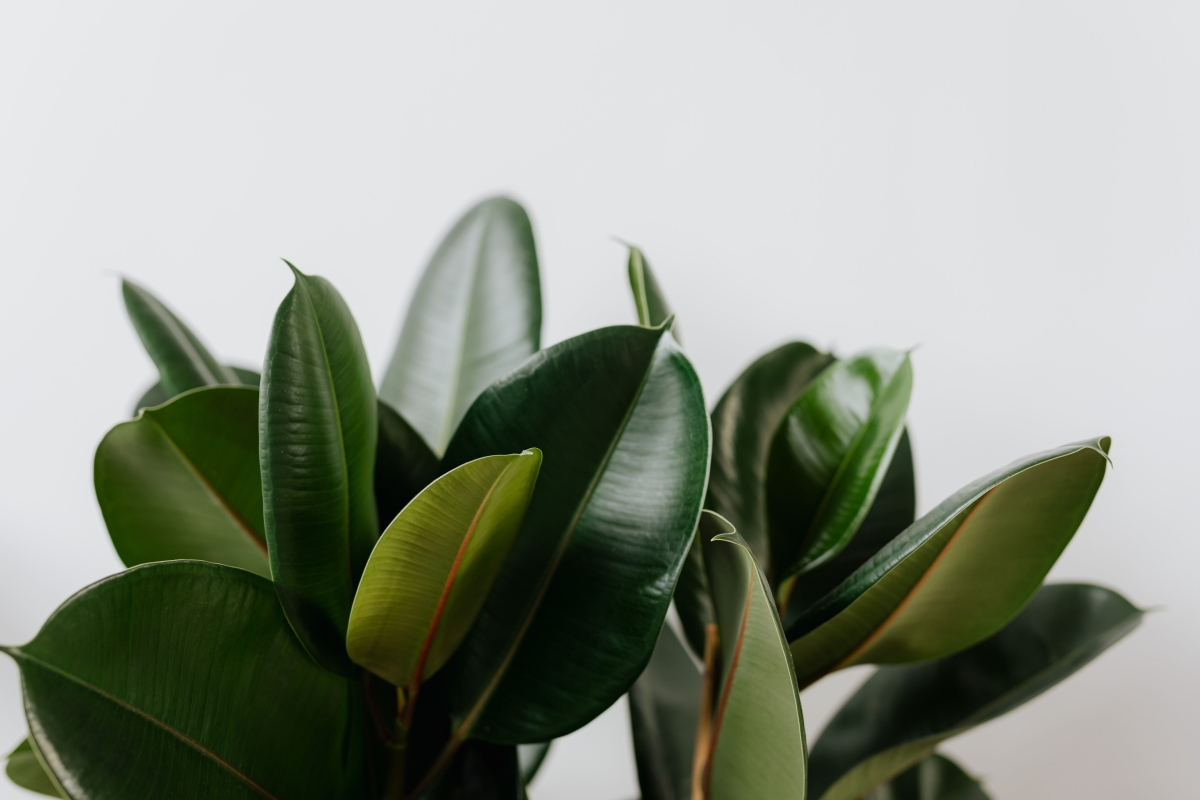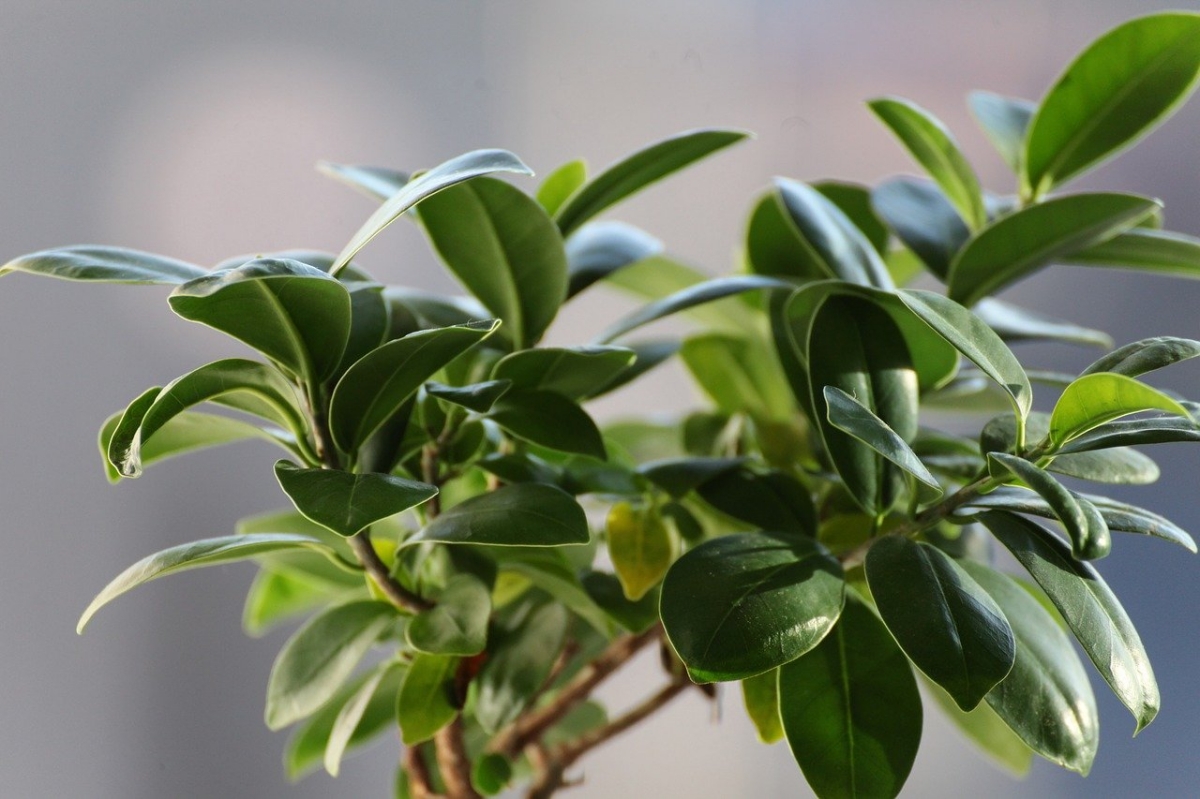
Have you ever been tempted to buy a ficus and take it home? The genus is made up of trees, some of them epiphytes, which tend to reach considerable heights and have very long roots. That is why sometimes doubts arise as to whether or not they are good plants to have indoors.
The truth is that in the nurseries they are labeled as such, and there are not a few homes in which there is at least one specimen. And it is that yes they can be had, but to have them healthy we are going to explain to you what are the care of the ficus both indoors and outdoors.
How are Ficus cared for?
The Rubber plant they are plants that they grow very well if they have a lot of light and the climate is mild. In large gardens they are kept as isolated specimens, since it is the only way to contemplate them in all their splendor. But inside the home they look very nice too, for example in a spacious living room, or in the bedroom. Therefore, it is time to discuss what your cares are:
Where are they to be?
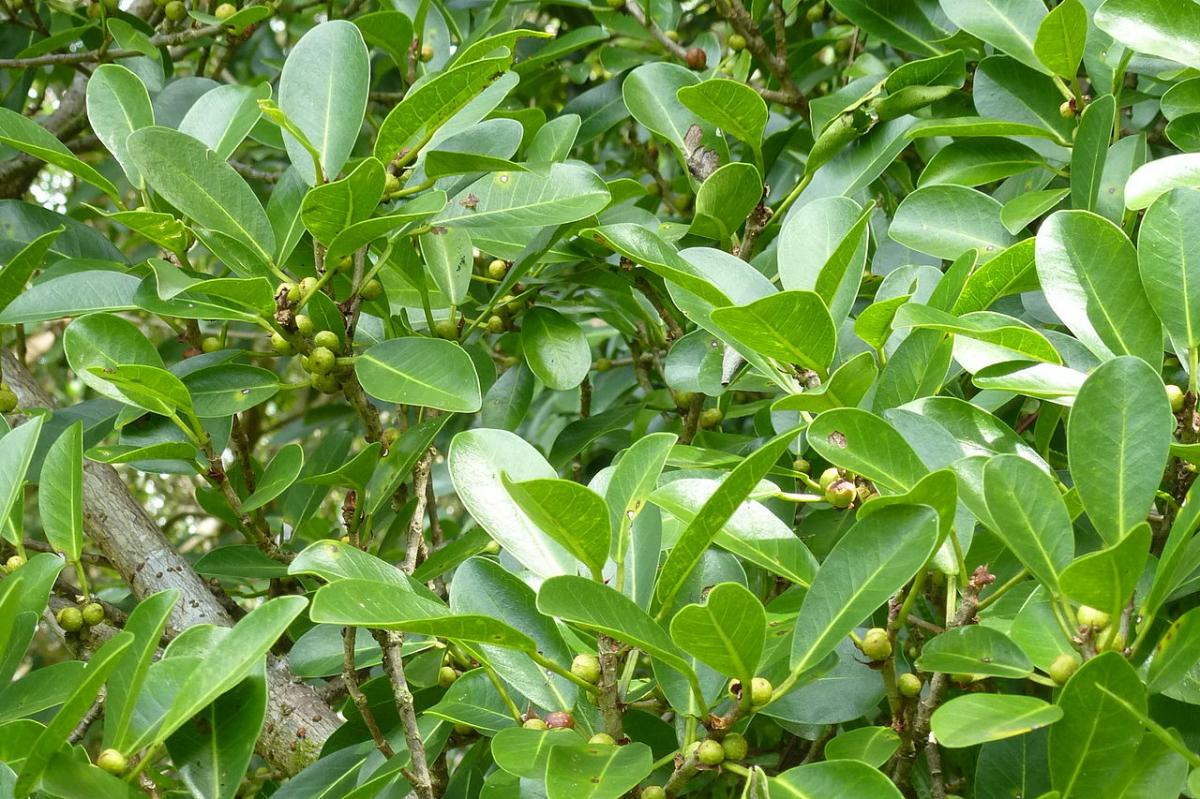
Image - Wikimedia / Channer
Indoors
Ficus are large plants. Although many of the species have a slow growth in pot, and more when they are kept inside a home, it is very important to take into account that they need a lot of space: a large pot and be away from the wall and other plants to avoid rubbing, otherwise the tips of the leaves would dry out.
But, in addition, you have to put them away from the air conditioning, for the same reason. And I repeat, do not forget to put them in a room where a lot of light enters; they need it. This will keep them green and healthy. And it is that the air currents what they do is dry out the environment, preventing the leaves from hydrating at their natural rate.
Abroad
In the garden they will be in a sunny place preferably, or in semi-shade. They must be planted away from pipes, at least ten meters from them, as well as from other trees. Its roots are very strong, and could cause problems in the future if this is not taken into account.
In which pot to plant ficus?
A big? Well, it depends, mostly on the size of the specimen. If we have bought one that measures, let's suppose, one meter in height and is in a 15-centimeter diameter, the next one that you will need will be a 25-30 centimeter. More or less, it should be planted in one that is at least 7 to 15 centimeters wider and taller than the one you already have.
Maybe six inches more is too much for you, but trust me, ficus appreciate having plenty of room for their roots. It would not be surprising if you bought a Ficus benjamina 1 meter high, and that after a year of being in its new pot it measured at least half a meter more.
Yes, it is also very important that it has holes in the base, otherwise the tree would not survive due to the excess of water that it would have in its roots.
When to transplant them and what substrate to put on them?
It will depend on how fast they grow. In principle, they have to be changed every two years, during the spring, and only if the roots have begun to grow outside the holes in the pot, or if more than two years have passed since the last transplant. You have to wait for the temperatures to be warm, since otherwise they could suffer.
To do this, the new pot must be filled with universal substrate (on sale here), taking into account the height of the old pot; then the plants will be carefully removed and finally planted on the new one. When it is finished filling, they will be watered conscientiously.
When and how to water them?
Watering the ficus will be moderate. In summer you have to water two or three times a week, and the rest of the year only when we see that the land is almost dry, more or less once a week. Even so, when in doubt, it is best to check the humidity with a meter, or by inserting a thin plastic or wooden stick and see if it comes out with a lot or little soil attached to it.
On how they are to be watered, it will always be done by wetting the earth, not the plant. You have to pour water until the soil is soaked, that is, until it comes out through the drainage holes in the pot and fills the dish that may be underneath. Then, we will let about five minutes pass and, later, we will remove the water from the plate. We can put this in a bottle and use it to water other plants.
Do they have to be paid?
It is a question that may arise, since if they are already large plants, if we fertilize them they will grow more. But the reality is that they can not lack fertilizer, since the nutrients available in the substrate are depleted as the roots absorb them. If they were left without them, the health of the ficus would deteriorate.
Therefore, must be paid in spring and summer, with manures or fertilizers such as this for green plants, this which is universal or with guano (for sale here) which is organic.
What are the most common problems that ficus have?
Although they are relatively easy to care for, the truth is that they can have some problems, which are:
- Yellow sheets: if they are the new ones it is due to lack of water; On the other hand, if they are the old ones, it is due to excess. In the first case, the frequency of irrigation should be increased, and in the second, reduce it and, also, treat with fungicide (for sale here) since when the plant is weak and has more water than it needs, the fungi take advantage of it to attack it.
- Fallen leaves: if they only "hang up" it is probably due to lack of water; but if they also fall from the branch, it may be because they are near some air current. If they are yellow and fall, it is due to excess water; Unless they are the oldest and the rest of the plant looks good, in which case there is nothing to worry about.
- White bugs on leaves: they are mealybugs. Ficus do not usually have pests or diseases, but when the environment is very dry we can see cotton balls perched on the leaves and tender shoots. They are removed either with water and neutral soap, potassium soap, or with an anti-mealybug insecticide such as No products found..
- Red spider on leaves: it is a mite that also loves dry environments. It feeds on the sap of the leaves, where it also weaves cobwebs. They are eliminated with acaricides, such as this.
Types of Ficus
Finally, we will see the Ficus species that are most cultivated:
Ficus benjamina
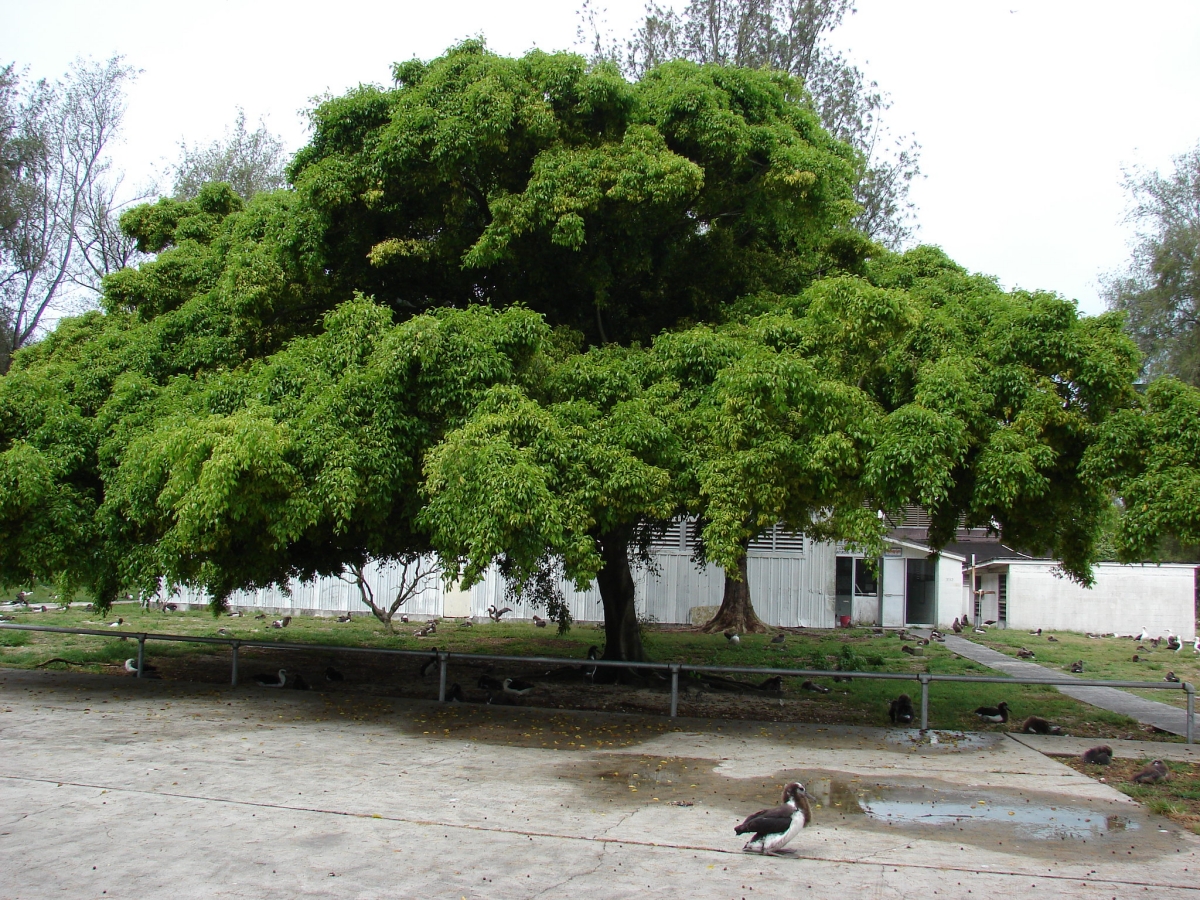
Image - Flickr / Forest and Kim Starr
El Ficus benjamina is a tree native to Asia and Australia that reaches a height of 15 meters. It is evergreen, and has green, oval leaves, 5 to 13 centimeters long. It is one of the most cultivated varieties as an indoor plant, although it is also possible to have it outdoors if there are no frosts or they are very weak, down to -1,5ºC.
Ficus ginseng
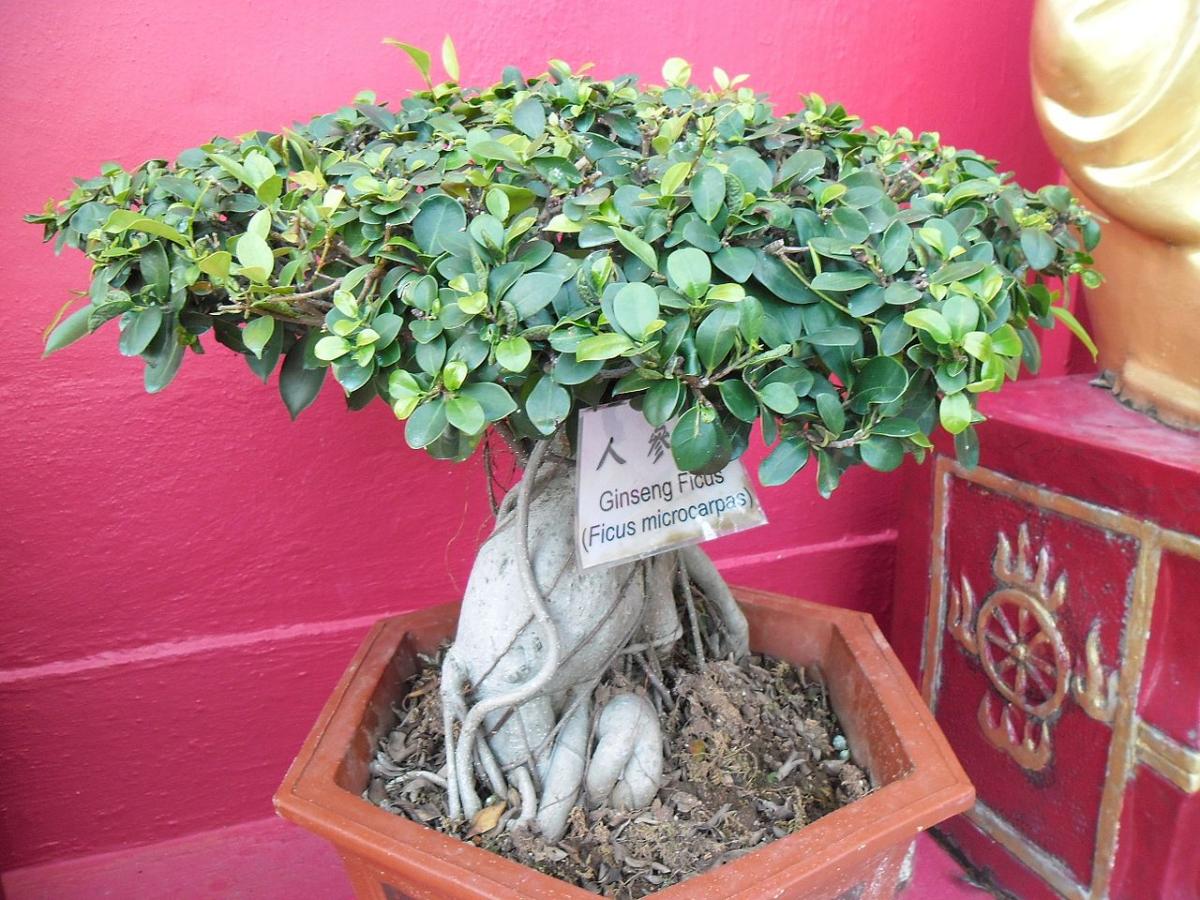
Image - Wikimedia / Earth100
El Ficus 'Ginseng' is the name given to a cultivar of Ficus microcarp. It is not a natural variety; that is, it is not found in the wild anywhere. It is almost always sold as bonsai or prebonsai about 40 centimeters high. It is very sensitive to cold.
ficus lyrata
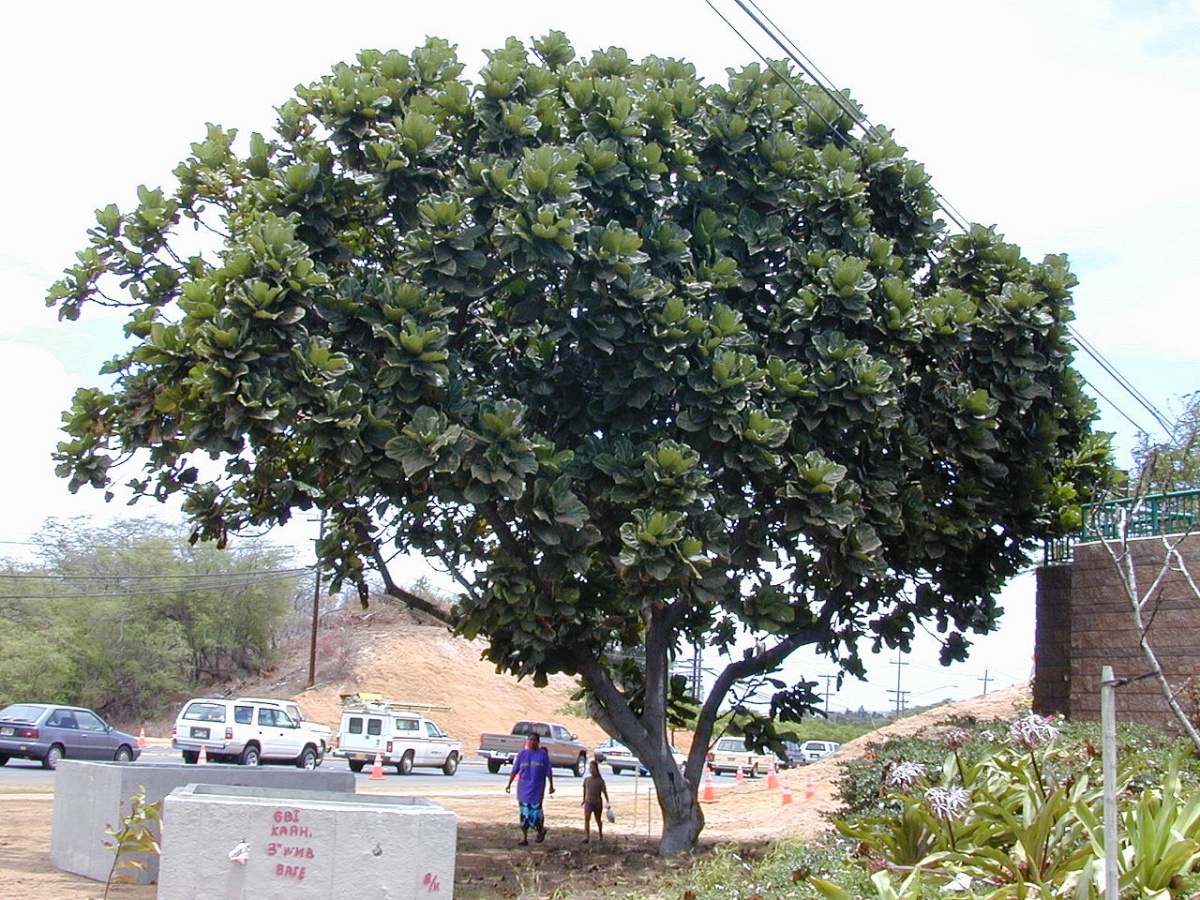
Image - Wikimedia / Forest & Kim Starr
El ficus lyrata is a species from West Africa, which reaches a height of 12 to 15 meters. Its leaves are green and large, up to 45 centimeters long by 30 centimeters wide, and also somewhat leathery. It only supports up to 10ºC, which is why it is almost always grown indoors.
robust ficus (is now Ficus elastica)
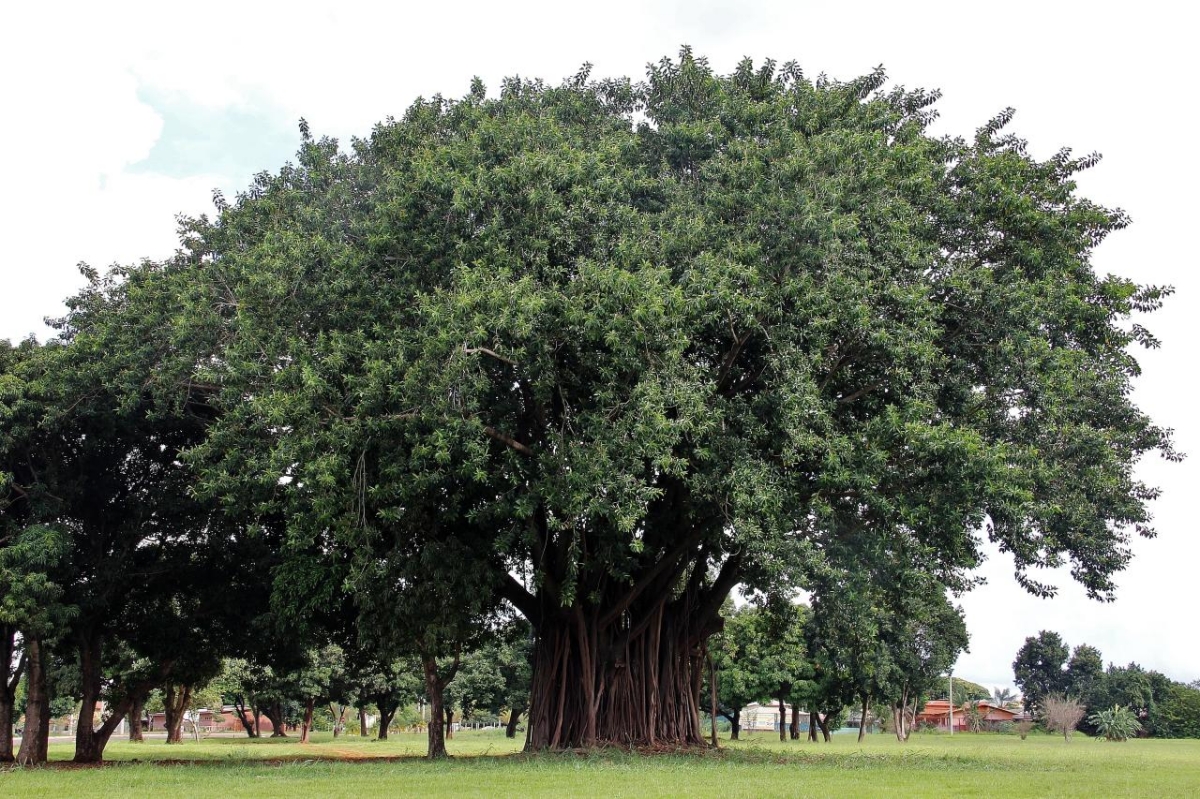
Image - Flickr / Mauricio Mercadante
El Ficus elastica is a tree native to Asia that reaches between 20 and 30 meters in height. It develops a very wide trunk, up to 2 meters in diameter, formed by numerous aerial roots. It has oblong leaves up to 30 centimeters long by up to 10 centimeters wide, and they are green or green-brown depending on the variety. It supports up to 0 degrees, even frosts if they are very mild (up to -1,5ºC) and punctual.
We hope you can have your ficus indoors for many years.
